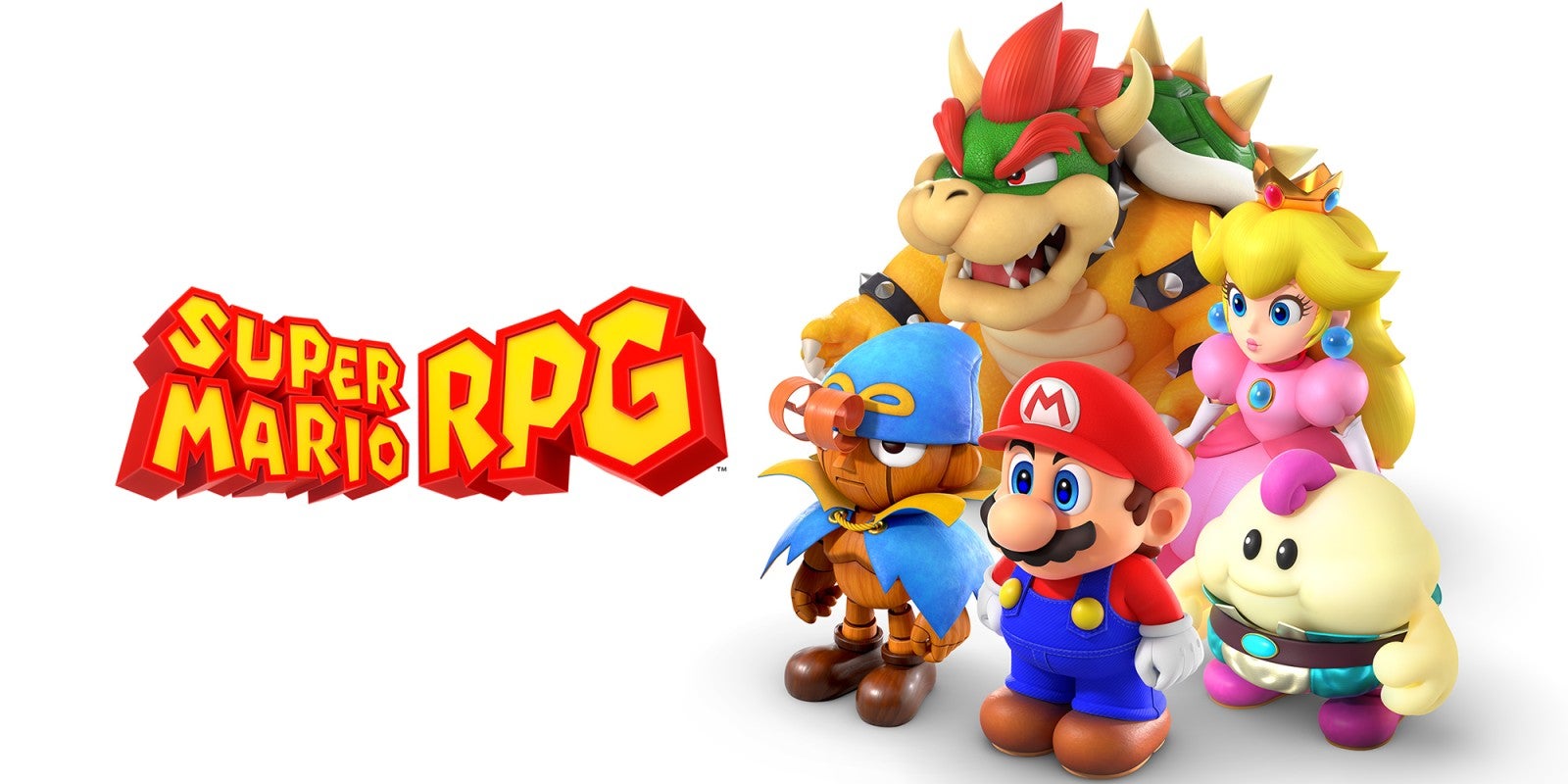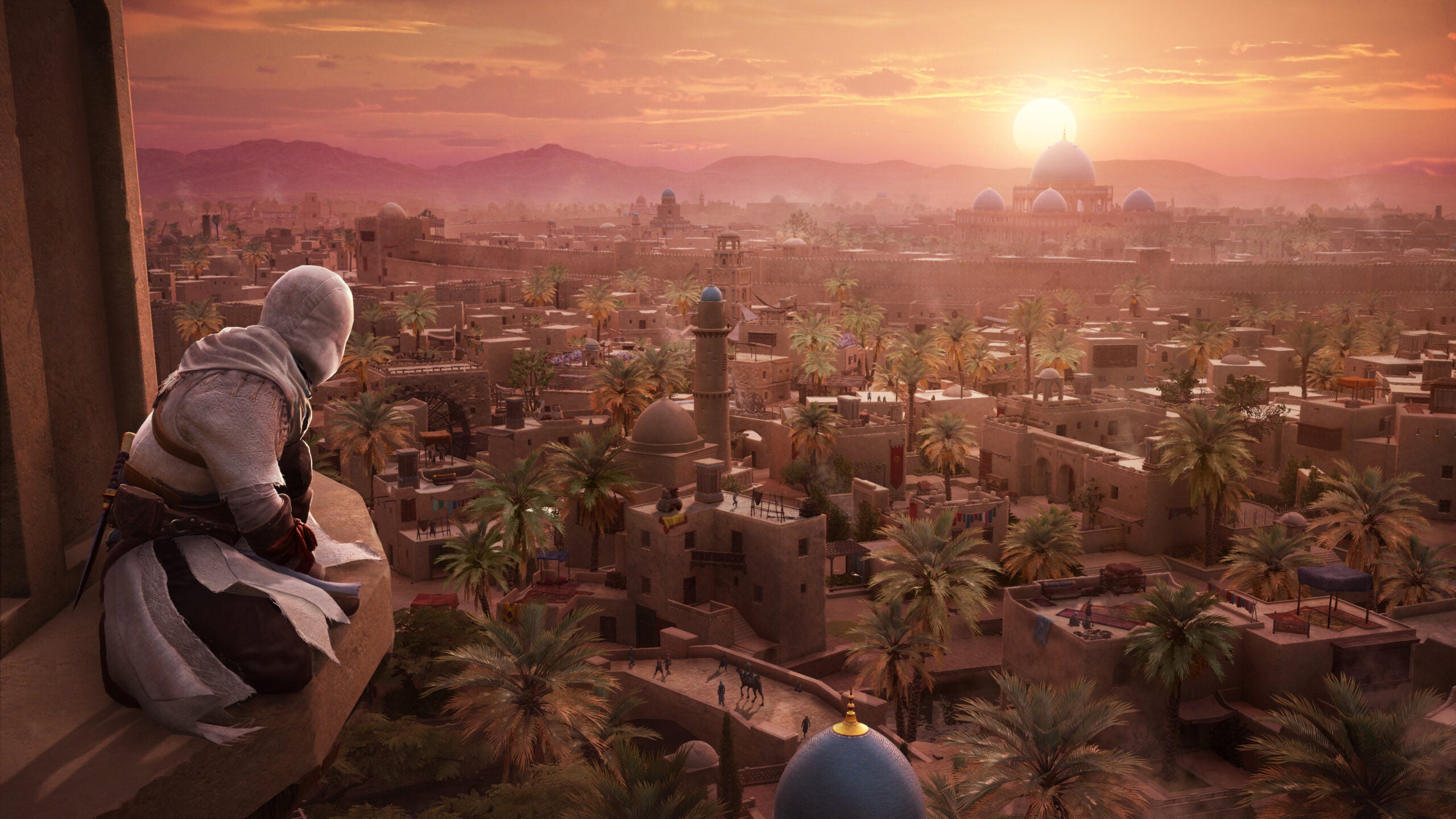Ghostwire: Tokyo Review
This supernatural action RPG feels lifeless
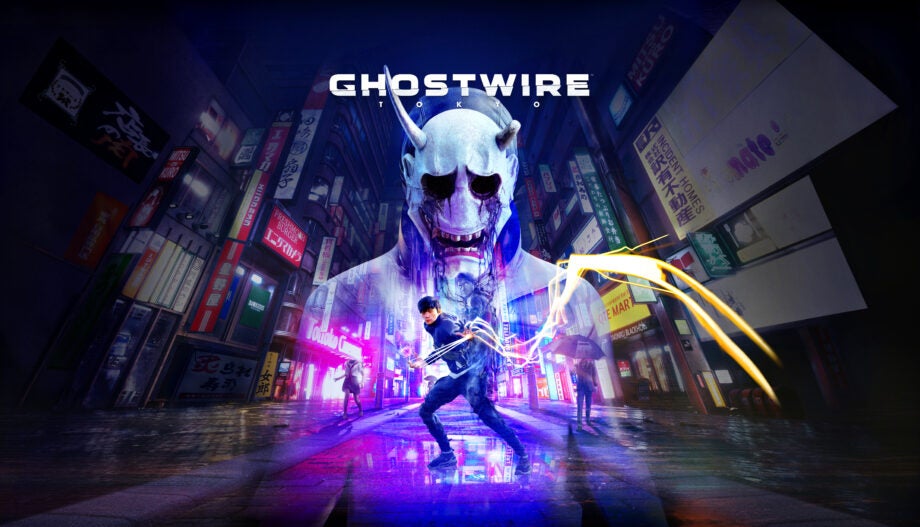
Verdict
Ghostwire: Tokyo introduces a creepy take on Tokyo with a fascinating exploration into the themes of death and spirits through the lens of Japanese folklore. The combat however can be both boring and frustrating, while the open-world map feels a little too formulaic to offer any joy in exploration. With so many superior action RPGs already releasing in 2022, it’s hard to recommend adding this to your wishlist.
Availability
- UKRRP: £59.99
- USARRP: $59.99
- EuropeRRP: €69.99
- CanadaRRP: CA$79.96
Key Features
- Genre: Action RPGWhile Ghostwire: Tokyo may flirt with horror tropes, this is an action RPG that features very few jump scares
- Release date:Available from 25 March 2022
- Platforms:PC and PS5
Introduction
Players have been let loose in Tokyo in countless video games over the years, but the capital city of Japan feels very different in Ghostwire: Tokyo.
The bustling crowds have disappeared, with no humans left in sight. Instead, hostile ghoulish figures roam the streets. Some look like faceless office workers, while others take the form of decapitated schoolgirls, with their sinister cackles echoing through the empty streets.
Ghostwire: Tokyo has an unmistakable eerie tone, with Tango Gameworks (the creator of The Evil Within series) weaving in multiple horror tropes from Japanese mythology to create both an unsettling and unique setting.
But those with a faint heart needn’t worry, since Ghostwire: Tokyo lacks the tension and jump scares to truly be considered part of the horror genre. Instead, this is an action RPG with a first-person perspective, featuring shades of Elder Scrolls and Fallout, albeit swapping swords and guns for paranormal abilities.
But despite its efforts, Tango Gameworks has failed to capture the spirit of previous Bethesda open-world adventures, with this recreation of Tokyo feeling hollow and soulless thanks to repetitive objectives and a lack of incentive for exploration. After hitting the credits following nine hours of play, here are my thoughts on Ghostwire: Tokyo.
Story
- Unique take on Tokyo as a setting
- Intriguing premise gets you hooked quickly
- Open-world format feels a little archaic
Ghostwire: Tokyo plonks you right in the centre of Tokyo during an apocalypse, the city’s residents turning into spirits after a mysterious fog descends onto the city.
You assume the role of Akito, an ordinary Japanese man who is seemingly the sole survivor of the purge. That’s thanks to a spirit called KK, who possesses Akito to bestow him with supernatural powers.
While KK isn’t able to control his body, he’s able to converse with Akito, offering explanations for the ongoing supernatural events and guidance to rid the city of its ghostly visitors. Dialogue is in Japanese by default, with subtitles offering translations for English speakers. You’re able to switch to an English dub if you prefer, although this does see a noticeable decline in the quality of voice acting.
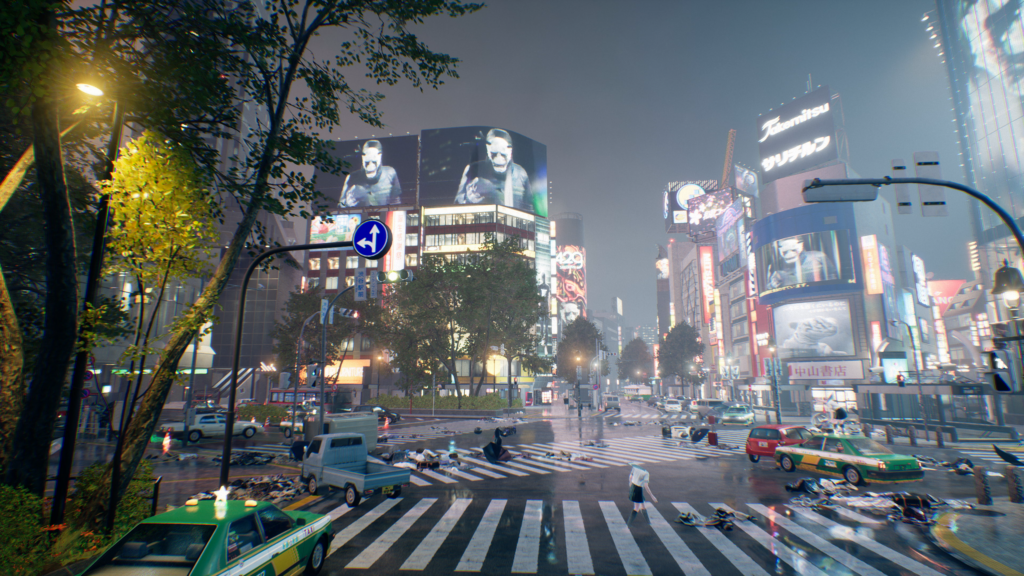
With a very small cast of characters due to the apocalyptic setting, Akito and KK’s one-on-one interactions take up a large bulk of the game’s dialogue. And even this is mostly taken up by KK’s ramblings, leaving very little time for Akito’s own character development. Instead, the meat of the story is crammed into the game’s final third, resulting in a rushed conclusion that I personally wasn’t invested in.
That said, I was engrossed by the themes of death and loss, with both Akito and the chief antagonist driven by grief. The same applies to the NPCs you’ll meet during various side quests, as you must help them resolve their ‘unfinished business’ in order for them to peacefully pass into the afterlife. This includes a woman who wanted to know the motive behind her boyfriend’s suicide, as well as a little girl who is haunted by a monster following a cornea transplant.
Unfortunately, these side missions vary greatly in both quality and tone. Another NPC simply wanted me to pass them toilet paper after a messy ordeal on the toilet, while a gardener was confused why his cherry blossom tree had red petals.
Tango Gameworks isn’t afraid of embracing the goofy side of the paranormal, as floating cats – in the form of yōkai spirits – will act as shop vendors, while a talking raccoon also asked me to seek out its hidden friends in the city. I can understand why the studio wanted to ensure that Ghostwire: Tokyo wasn’t too dark and depressing, but I can’t help but find the extreme shifts in tone to be incredibly jarring.
Open-world exploration
- Little incentive for exploration
- Map is filled with mission objectives
- Eerie atmosphere is short lived
Ghostwire: Tokyo is made up of multiple linear levels which advance the story, but you’ll spend most of your time exploring the open-world map of Tokyo. Akin to a Ubisoft game such as Far Cry and Assassin’s Creed, the map here is littered with objective markers, which is starting to feel like an archaic design especially following the more curiosity-driven exploration of Elden Ring and Breath of the Wild.
At first, only a small section of the city is accessible, due to thick fog that deals damage if you touch it. You’re able to gradually free the city of this fog by cleansing Torii Gates, which are scattered across the map. But doing so is an admittedly laborious task, especially if several gates need to be cleansed for you to reach your next mission.
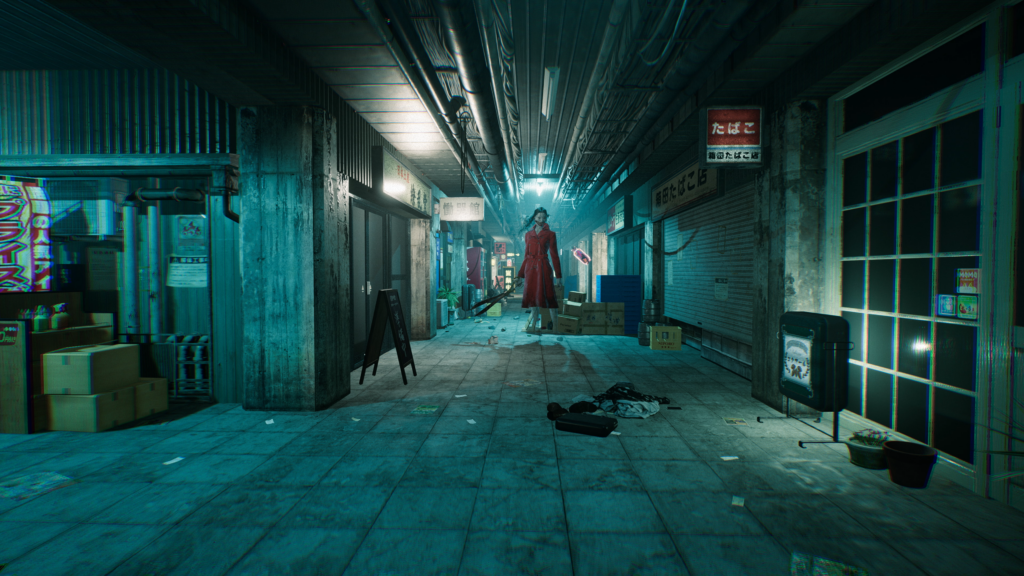
You’ll also encounter many lost spirits in the city, which you can absorb and trade for experience points. But there are thousands of spirits to collect, and are seemingly placed in random locations in the city that are not difficult to find or reach. Collecting these felt like such a chore that I eventually stopped doing so.
I rarely found any reward exploring the city either. You can pray at altars to increase your max amount of Ethereal Weaving ammunition, but you won’t find any new weapons or useful items since your arsenal is locked to the same moveset you unlock right at the beginning of the game.
As a result, the open-world map feels a little too formulaic, with its inability to surprise or shock the player making it a bore to explore. And while Tango Gameworks does a great job of setting up the eerie atmosphere with the gloomy weather and the disturbing cackles of its many ghouls, that soon starts to fade away as you learn you can comfortably dispatch most enemies with your arsenal of supernatural powers.
Combat
- A selection of supernatural powers
- Can upgrade attacks via skill trees
- Ranged combat can get boring
Ghostwire: Tokyo’s combat has been described as “karate meets magic” by combat director Shinichiro Hara, with the Ethereal Weaving abilities allowing you to pummel enemies with ranged fire, air and water attacks.
Each ability has a different use case, with wind attacks having the longest range but dealing low damage per hit, while slashes of water can shred shields and deplete enemy health bars quickly in up-close combat. My personal favourite is the fire blast, triggering a mighty explosion when fully charged – although its sparse supply of ammunition forces you to use it sparingly.
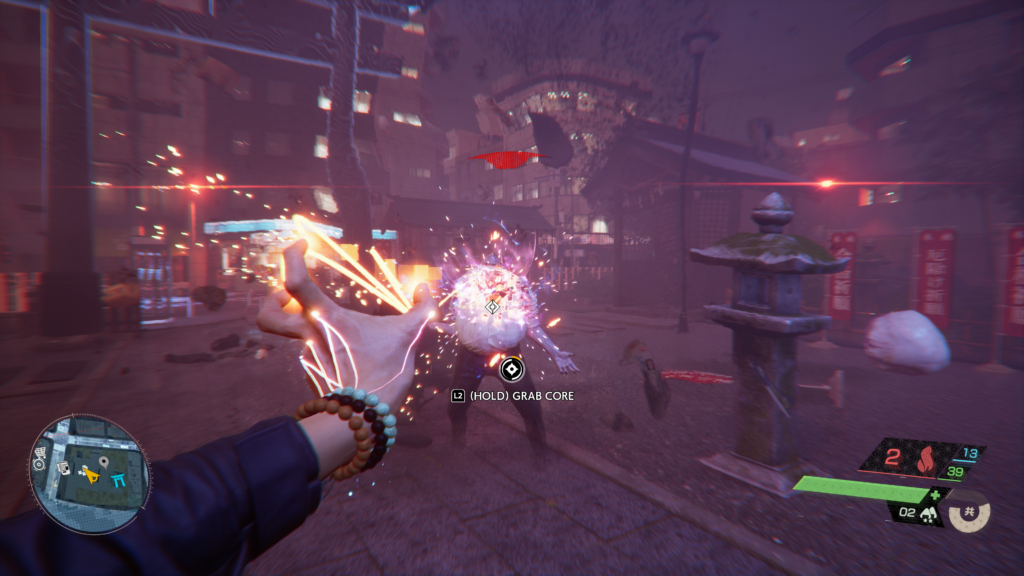
Bizarrely, ammunition is gained by destroying floating inanimate objects. It can be very frustrating having to seek out such items every time you’re running low on charges, especially during a boss encounter. I personally don’t understand why the wind attack doesn’t have unlimited ammunition, as it would solve this issue right away. You do eventually unlock a bow, but this weapon suffers the same issues, such as limited ammunition, which only makes it useful as an emergency backup option.
This problem is exacerbated by the limited melee options. You’re able to strike enemies up close, but it doesn’t deal much damage and leaves you vulnerable to counter attacks, especially since your character moves slowly and lacks a dodge mechanic. A sword would have been an ideal melee weapon for this game, although I’m yet to find one after hitting the end credits.
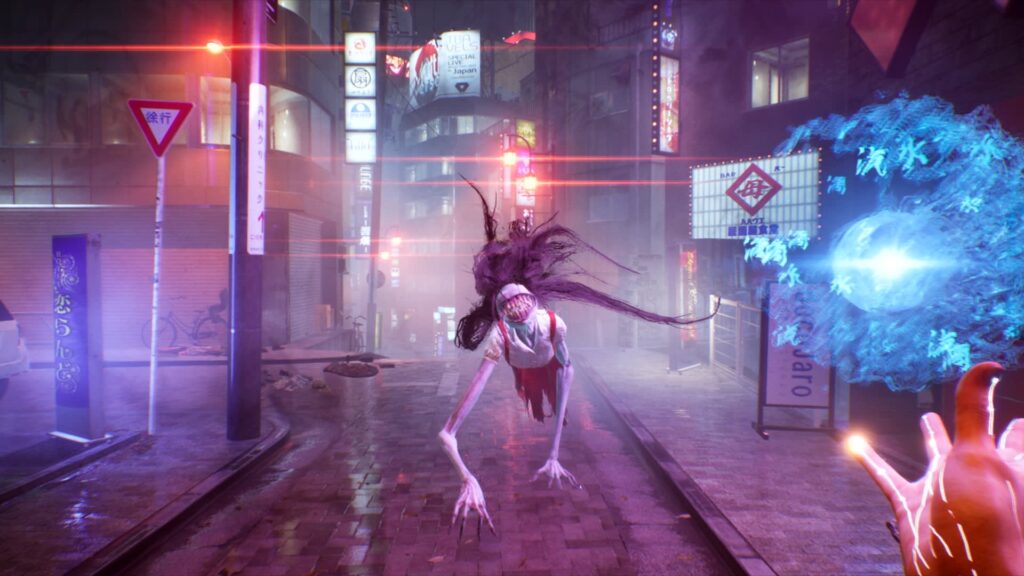
You are at least able to block attacks with a phantom shield, although you can only avoid taking damage via a perfect parry. But perfecting the timing arguably makes you overpowered – if you’re able to block every ranged attack and then attack from a safe distance, there isn’t much jeopardy. As a result, most enemy encounters are easy to overcome, even at the ‘hard’ difficulty setting, making combat a bore with little strategy required to succeed.
The sub-standard upgrade system doesn’t help either. By spending experience points, you’re able to increase your ammunition cap and increase the damage output of your abilities, but you’re unable to unlock new moves to vary up the gameplay. Being stuck with the same move set that you unlock right at the outset makes combat feel very repetitive. I can’t think of many modern action RPGs that suffer the same issue, with Elden Ring, Horizon Forbidden West and Dying Light 2 all allowing you to discover and unlock new weapons as you progress.
Graphics
- Tokyo looks great with ray tracing activated
- Character models look poor for next-gen hardware
Tokyo city looks great in Ghostwire: Tokyo on the PS5. Neon signposts on towering skyscrapers are reflected in the puddles when ray tracing is activated, while the weather also helps to contribute to the eerie atmosphere whether it’s a downpour of rain or the vision-impairing fog.
I’ve also enjoyed levels that see you venture through dark, claustrophobic corridors of hospitals and underground subway stations – a more linear format that acts as a welcome respite to open-world exploration.
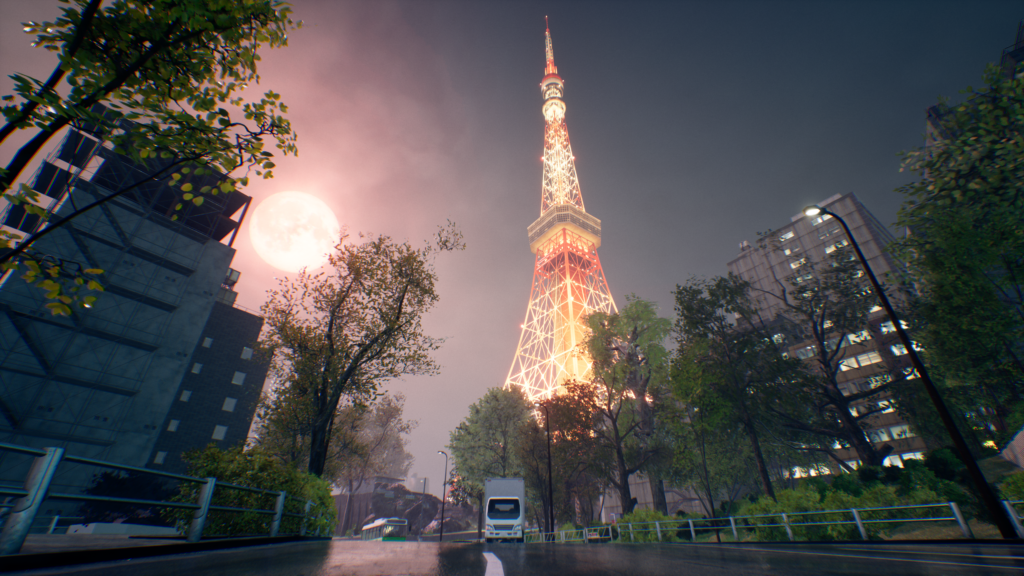
The various ghouls and monsters look brilliant, too, with creepy designs contributing to that horror-esque tone. However, character models don’t look quite as impressive. Akito’s face looks devoid of emotion, even during traumatic cutscenes. The detail in his face pales in comparison to other modern-day games such as Horizon Forbidden West, which is disappointing given that this game is only available on PS5 and PC, so it doesn’t need to cater to older consoles.
On the plus side, I didn’t encounter any technical issues throughout my playthrough of Ghostwire: Tokyo. The frame rate seems steady, and you get the option to prioritise performance or visuals, as you do with most current-gen games. It feels polished, although I can’t speak for the performance on PC, having only played on PS5.
Latest deals
Should you buy it?
You’re interested in Japanese mythology:
The most interesting aspect about Ghostwire: Tokyo is how it explores Japanese mythology surrounding the paranormal. If you’re a fan, it may well be worth a visit.
You want a true next-gen action RPG:
Ghostwire: Tokyo’s world is a bore to explore, and the combat is basic. It pales in comparison compared to other 2022 RPGs such as Elden Ring and Horizon Forbidden West.
Verdict
Ghostwire: Tokyo has an intriguing premise, gifting the player with supernatural powers as the residents of Tokyo are turned into ghostly spirits. This focus on the paranormal is the game’s greatest asset, especially since its viewed through the lens of Japanese folklore, seeing you encounter the likes of cutesy yōkai and demonic ghouls.
But the gameplay lets down this action RPG, with combat lacking enough diversity to keep you engaged throughout the 8-hour campaign, while the open-world map feels too bland and formulaic to encourage exploration.
And while the story explores some interesting themes, most of the beats take place in the final third leaving little time for the player to connect with Akito or KK, especially since it takes just eight hours to reach the end credits. With so many fantastic action RPGs already launching in 2022, it’s difficult to recommend Ghostwire: Tokyo.
How we test
We play every game we review through to the end, outside of certain exceptions where getting 100% completion, like Skyrim, is close to impossible to do. When we don’t fully finish a game before reviewing it we will always alert the reader.
Played for 9 hours before review
Tested on PS5
FAQs
No, Ghostwire: Tokyo will only be available on PS5 and PC at launch.
Sort of. Ghostwire: Tokyo features an open-world map which you can explore and complete side quests. But most main missions will have a linear structure, taking place in the likes of hospitals, skyscrapers and subway tunnels.




